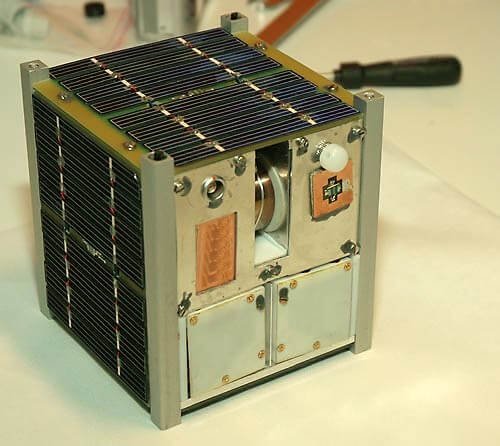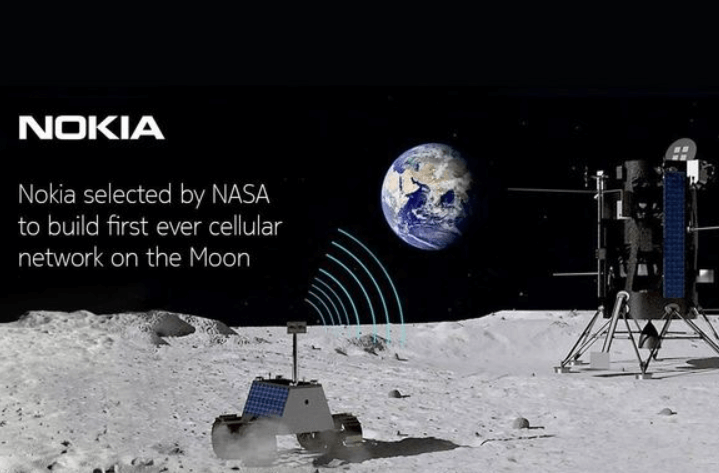In the grand tapestry of the cosmos, there’s one luminary that has captivated humanity’s imagination since time immemorial – our Sun. As we draw closer to the launch of the Aditya L1 mission by the Indian Space Research Organisation (ISRO), we find ourselves on the cusp of a new era of solar exploration. Let’s delve deeper into the intricate details of this remarkable mission and the scientific revelations it promises to deliver.
The Pioneer: Aditya L1, India’s Solar Mission
Aditya L1, named after the Sanskrit term for the Sun, holds the distinction of being India’s maiden space-based mission dedicated to studying the Sun. The spacecraft’s primary objective is to unravel the mysteries of the solar atmosphere, with a specific focus on the enigmatic corona – the ethereal halo of plasma that surrounds the Sun. This fascinating region plays a crucial role in solar phenomena that affect Earth and the space environment at large.
Orbiting the Halo: Aditya L1’s Strategic Positioning
Aditya L1 will make its journey to the Lagrange point 1 (L1) of the Sun-Earth system, positioned approximately 1.5 million kilometers away from Earth. This unique location offers a distinct advantage: an uninterrupted view of the Sun. Unlike satellites in lower orbits, which experience periodic eclipses due to Earth’s interference, Aditya L1 will have a continuous line of sight to the Sun. This unobstructed vantage point is crucial for real-time observations of solar activities and their effects on space weather.
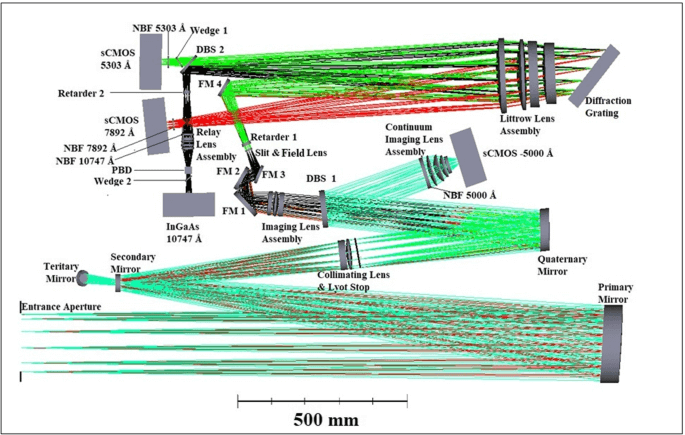
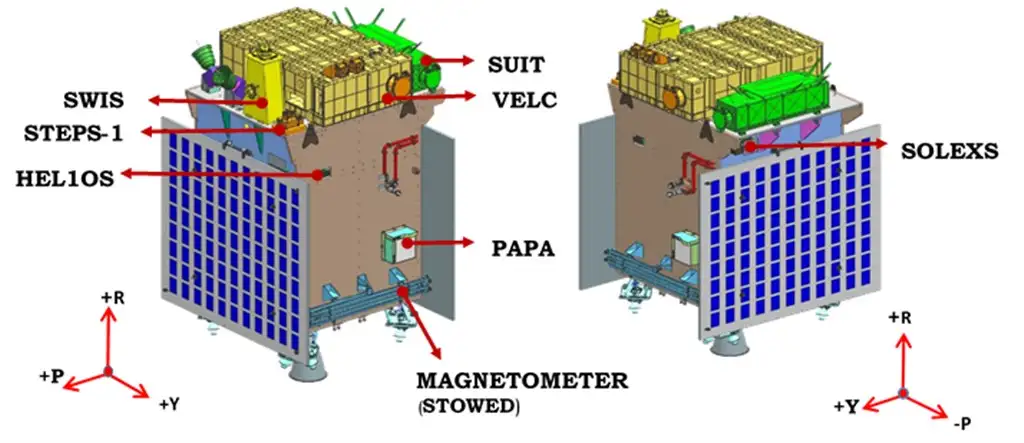
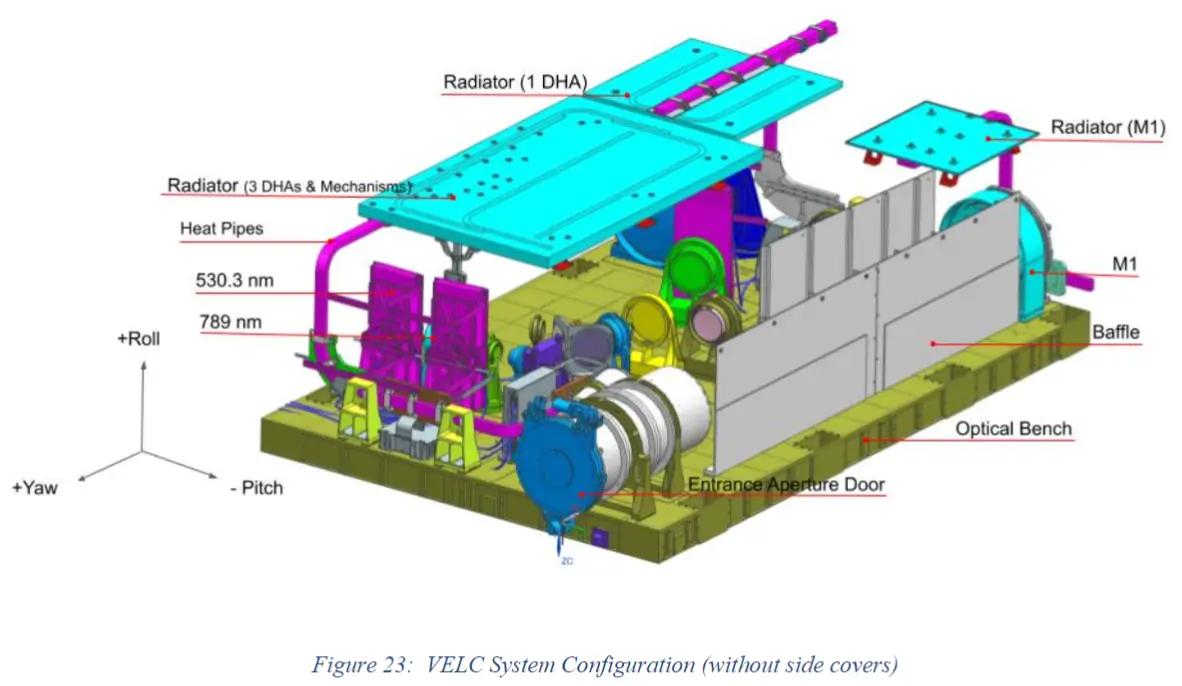
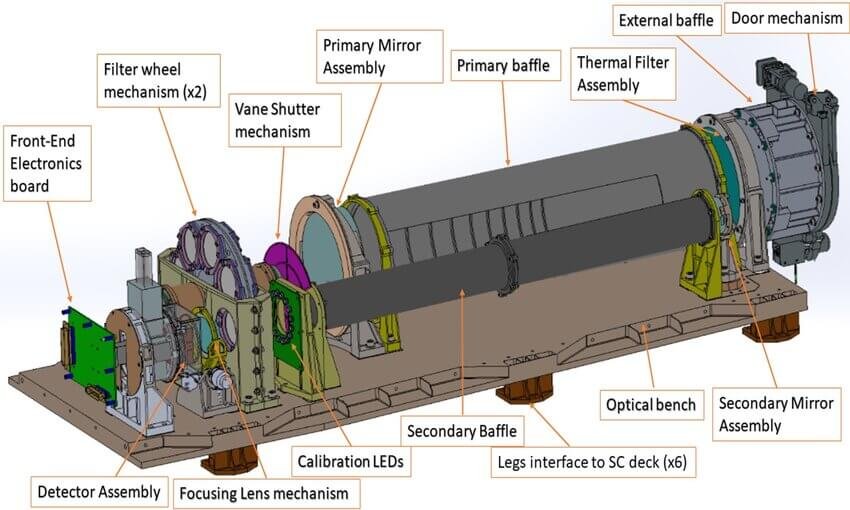

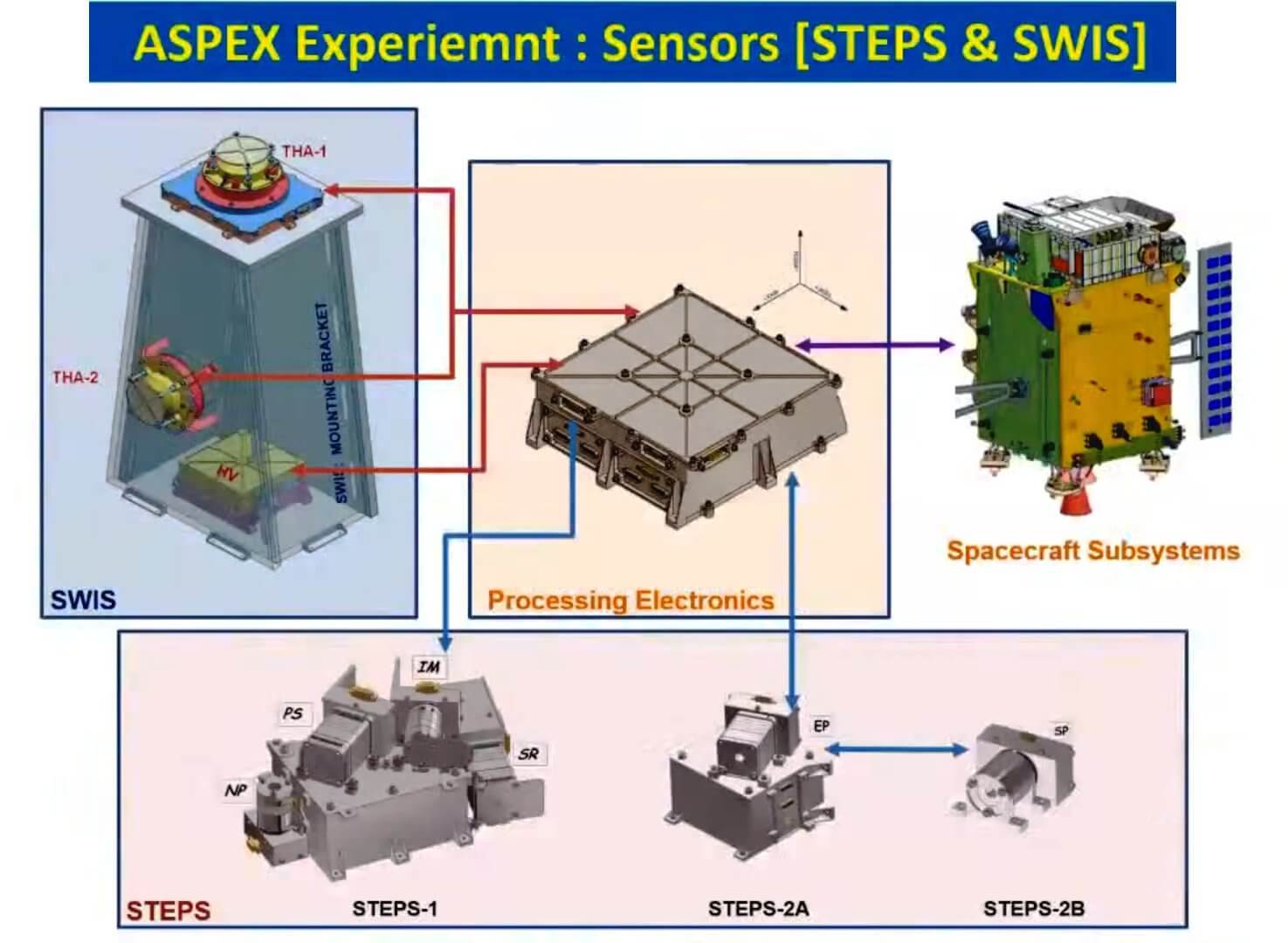


A Multifaceted Approach: Science Payloads of Aditya L1
At the core of Aditya L1’s scientific prowess lie its seven meticulously designed payloads, each with a distinct purpose and set of capabilities. These payloads are carefully chosen to observe various aspects of the Sun’s behavior, providing a comprehensive view of its complex dynamics.
- Visible Emission Line Coronagraph (VELC): VELC creates a controlled solar eclipse in space, allowing scientists to image and analyze the corona’s visible and infrared spectra. It aims to uncover the corona’s magnetic field dynamics, diagnostic parameters, and the origins of coronal mass ejections.
- Solar Ultraviolet Imaging Telescope (SUIT): SUIT focuses on capturing imagery of the Sun within the 200-400 nm wavelength range, a domain largely unexplored from space. Its continuous observations from the L1 point will offer new insights into solar behavior in this crucial wavelength region.
- Aditya Solar wind Particle Experiment (ASPEX): ASPEX investigates the solar wind’s variation, distribution, and spectral properties. This data is essential for understanding the flow of charged particles from the Sun and its interactions with the space environment.
- Plasma Analyser Package for Aditya (PAPA): PAPA examines the composition and energy distribution of the solar wind, providing key insights into the nature of this intricate phenomenon.
- Solar Low Energy X-ray Spectrometer (SoLEXS): SoLEXS focuses on monitoring X-ray flares, aiming to uncover the elusive coronal heating mechanism and its impact on the solar corona.
- High Energy L1 Orbiting X-ray Spectrometer (HEL1OS): HEL1OS captures dynamic events in the solar corona, shedding light on the energy behind eruptive events and solar energetic particles.
- Magnetometer: The magnetometer measures the interplanetary magnetic field’s strength and characteristics, providing crucial information about the Sun’s magnetic influence on space.
Pioneering Solar Science: What Lies Ahead
Aditya L1 aims to address a multitude of puzzling questions in solar physics:
- What drives the dramatic temperature difference between the Sun’s upper and lower atmospheres?
- How do phenomena like coronal mass ejections and solar flares initiate?
- What are the origins and dynamics of the solar wind?
- How does the Sun’s magnetic field shape space weather?
By capturing imagery of the Sun’s various atmospheric layers and studying their interactions, Aditya L1 aims to provide answers to these questions, advancing our understanding of solar behavior and its far-reaching impacts.
The Financial Horizon: Aditya L1 Mission’s Budget
The journey of the Aditya L1 mission is not only a scientific odyssey but also a financial undertaking. In 2019, the allocated budget for the mission stood at approximately INR 378.53 crores. While current budget specifics remain undisclosed, it’s important to recognize that the Aditya L1 mission spans a duration of about 5.2 years. Within this timeframe, the spacecraft is tasked with executing a plethora of intricate scientific tasks and observations, all enabled by technologically advanced payloads and instruments.
The Countdown to Discovery: Aditya L1’s Upcoming Launch
As the launch date of Aditya L1 approaches, excitement continues to build around this historic mission. With its sophisticated payloads and strategic placement at the L1 point, Aditya L1 promises to usher in a new era of solar research. Scheduled for liftoff on 2nd September 2023, this mission represents a significant leap forward in solar exploration. With a mission booklet and detailed objectives, the scientific community eagerly awaits the revelations that Aditya L1 will unveil about the Sun’s intricate nature and its profound influence on the universe. As India’s star shines brighter in the realm of space exploration, the Aditya L1 mission stands poised to illuminate the Sun’s enigmatic secrets and expand our understanding of the cosmic ballet that shapes our universe.




